The increasing use of drones in urban areas is revolutionizing various industries, from environmental monitoring to delivery services. Recent research from the University of Bristol and RMIT University highlights how the flight techniques of hovering kestrels could enhance the capabilities of drones, reports the BBC.
By leveraging motion capture technology, engineers aim to develop unmanned aircraft systems (UAS) that can maintain stability in challenging conditions.
In cities like New York, drones have been integrated into emergency management systems to provide real-time information during events such as storm flooding. Policies set by the FAA allow city governments some flexibility in legislating the use of drones, opening up opportunities for innovation in urban planning and city services.
The National League of Cities (NLC) emphasizes the potential of drones to support various municipal functions. They underscore the importance of crafting regulations that facilitate their beneficial use without compromising safety.
Kestrels maintain Stability in Turbulent Conditions
Researchers have successfully applied camera and motion capture technology to observe two Nankeen Kestrels, Kevy and Jedda, in a wind tunnel setting at RMIT. This species of falcon, native to Australia, has provided valuable insight into how these birds maintain stability in turbulent conditions.
By fitting the kestrels with reflective stickers, akin to motion capture used in films, researchers were able to minimize any disturbance to the birds.
The findings revealed that these kestrels have a unique ability to keep their heads extremely still, with movement less than 5mm, even in buffeting air. This feat is achieved through their ability to morph their wings, adjusting their shape to cope with changing air currents.
This discovery stands in contrast to previous studies that mainly focused on birds in casual flight through turbulence.
This research holds potential for improving drone and aircraft design. Current aircraft predominantly use hinged control surfaces for flight adjustments, but adopting the wing-morphing capability observed in kestrels could lead to more efficient and stable flight, especially in drones.
Benefits for Drone Operation
In urban environments, drones face the challenge of navigating wind patterns caused by buildings and other structures.
The kestrel-inspired wing-morphing technology may enhance drones’ ability to handle these conditions, making them more efficient and reliable for tasks such as infrastructure inspections and emergency response.
Broader Implications for Urban Mobility
This kestrel-inspired technology could extend beyond drones to larger commercial aircraft. As noted by Dr. Shane Windsor, there is potential for elements of wing morphing to be integrated into large aircraft, providing better control over wing flexibility. This could, in turn, enhance the aircraft’s ability to handle natural flight conditions.
“What excites me in general about looking at bird flight is that it just gives us different way of thinking about aircraft, and how to deal with natural environments. Dr. Windsor said”
The future of Urban Air Mobility may involve drones and aircraft that combine the quietness and agility of helicopters with the efficiency and stability of kestrel-inspired wings.
For instance, in initiatives such as smart cities, where drones play a pivotal role in traffic management and delivery of essential services, this technological advancement could prove revolutionary.
Concluding Thoughts
Ultimately, understanding and applying the natural flight techniques of kestrels can significantly advance aviation technology. These insights aid in developing safer, more efficient, and versatile drones and aircraft, fostering a more integrated approach to urban planning and public safety operations.
Researchers continue to explore the potential of bio-inspired aerodynamics, highlighting the untapped opportunities our feathered counterparts offer to the field of aviation.
Photo courtesy of University of Bristol and RMIT University, & BBC.
Discover more from DroneXL
Subscribe to get the latest posts sent to your email.




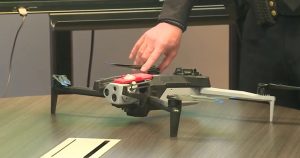
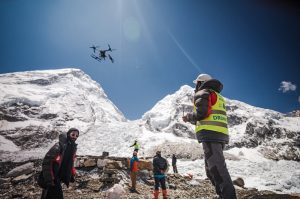
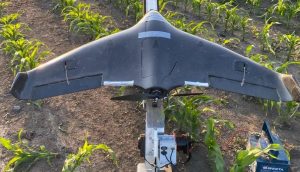
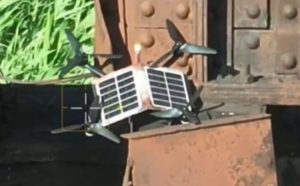
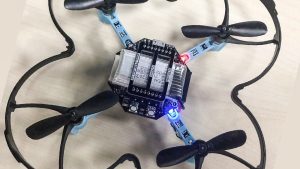
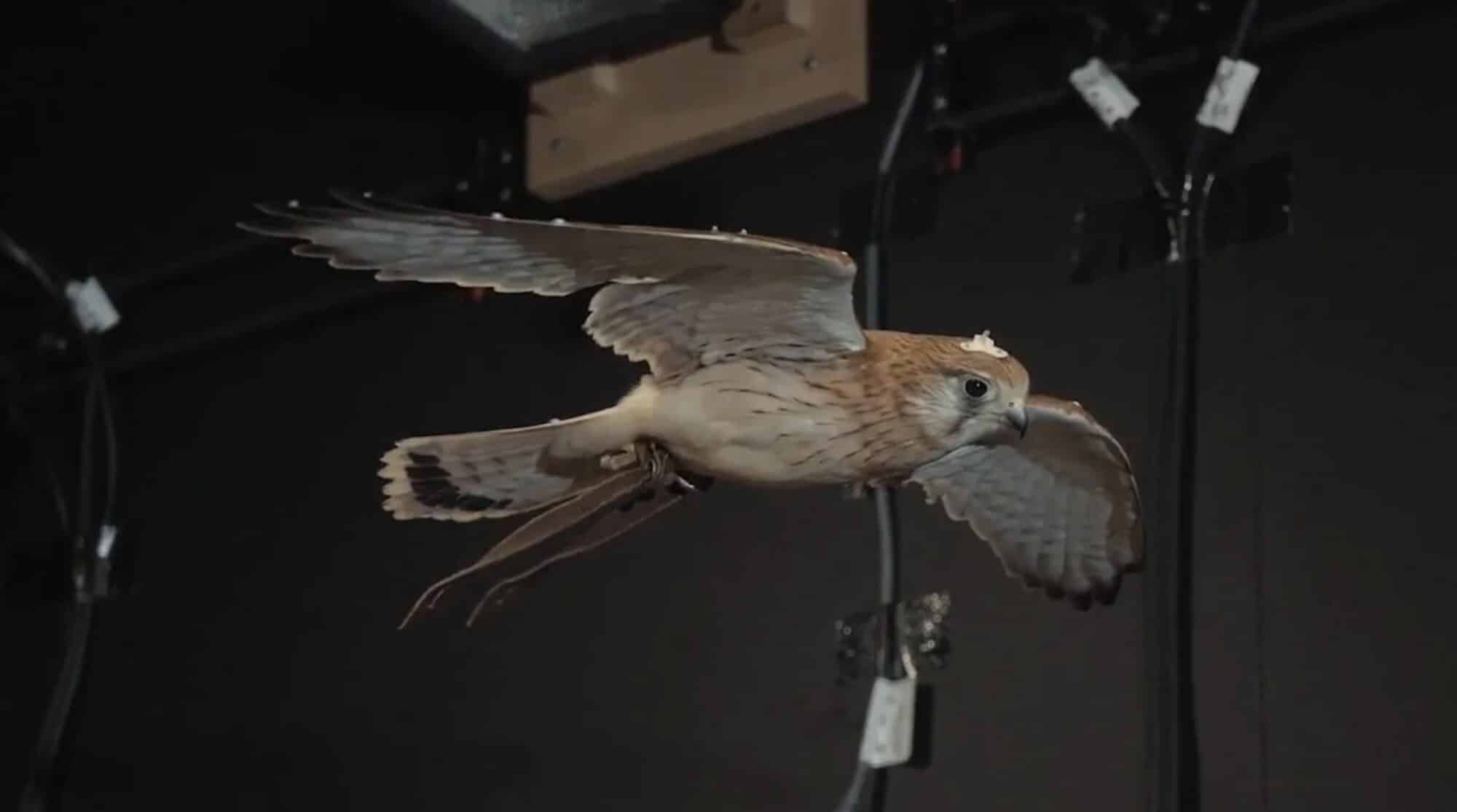






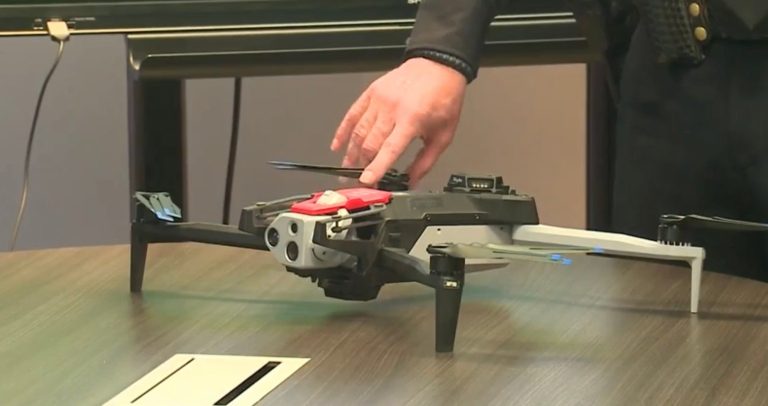

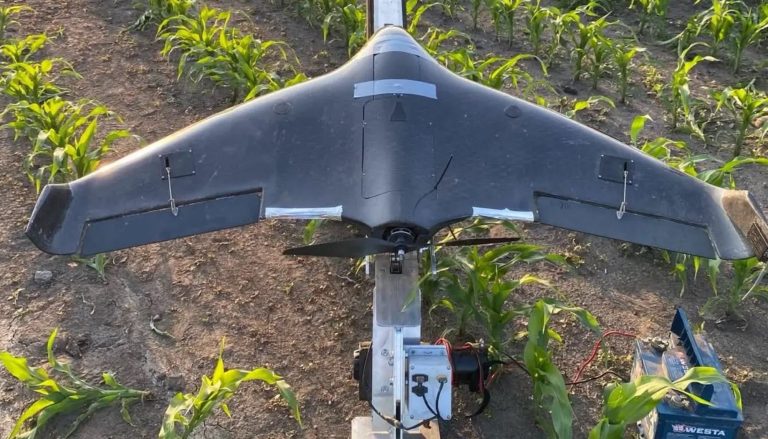

+ There are no comments
Add yours